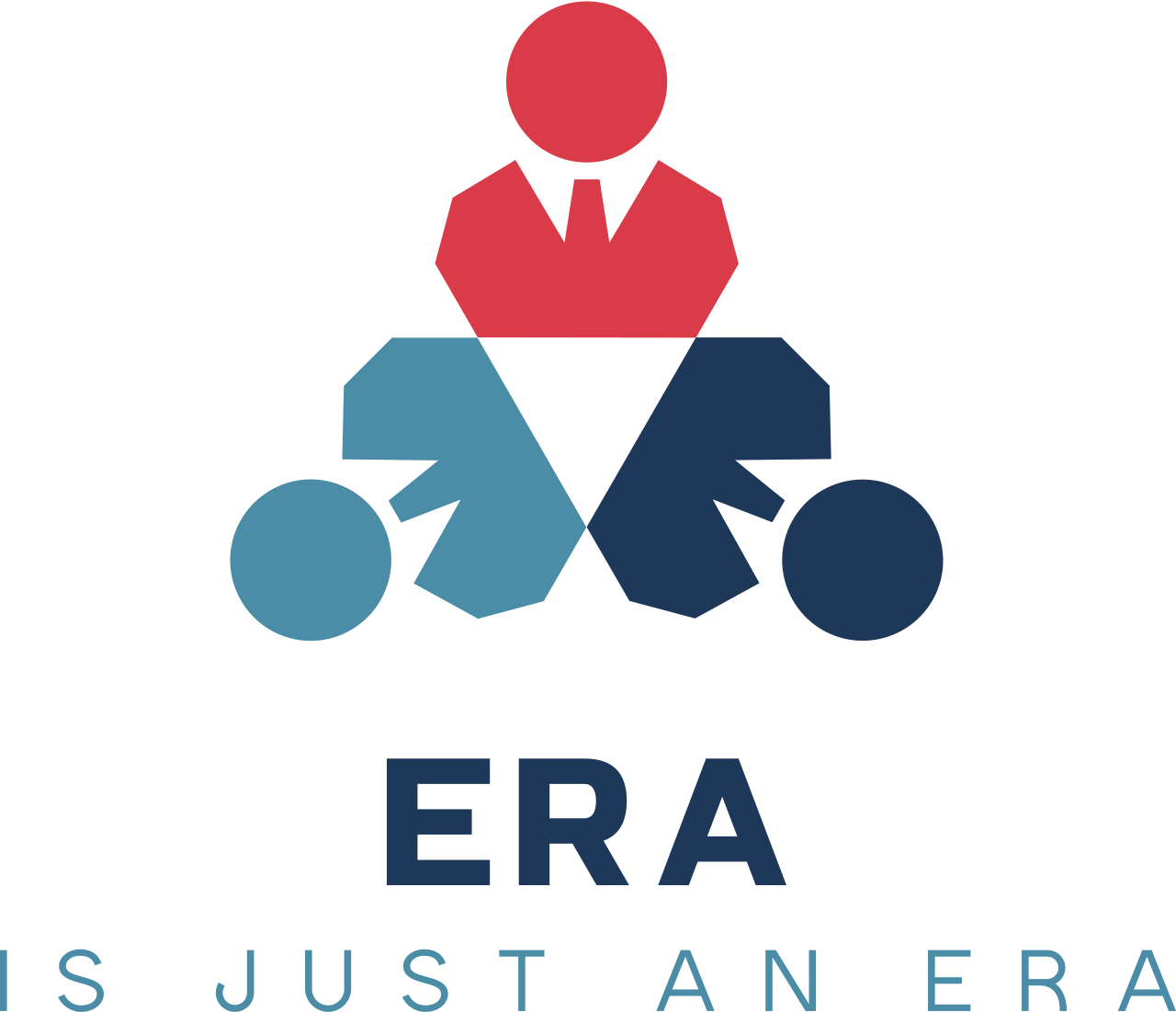Innovating Human Capital & Learning Ecosystems
In what ways does the integration of natural language processing and machine learning in eVirtualAssistants' system provide a more objective and rapid ranking of candidates compared to conventional manual screening methods?
Recent technological breakthroughs are redefining how organizations manage talent and foster learning. Today’s HR and educational practices are experiencing a transformative shift as advanced AI, machine learning, and natural language processing (NLP) systems empower organizations to optimize decision-making, streamline recruitment, and enhance workforce engagement.In the HR domain, AI-driven solutions are automating routine administrative responsibilities, enabling HR teams to focus on strategic workforce management. Modern AI applications efficiently monitor employee interactions by analyzing digital footprints, providing early insights into potential retention challenges and effectively merging empirical feedback with predictive analytics. By leveraging deep learning and computer vision, organizations can sift through vast amounts of candidate data, decode non-verbal cues in video interviews, and apply algorithmic intelligence to objectively assess candidate suitability. This integration of advanced screening methods not only boosts hiring efficiency but also enhances the overall candidate experience through responsive digital assistants and interactive chatbots.Simultaneously, a new wave of innovation is occurring in digital learning environments. The miniaturization of digital tools and the proliferation of mobile technologies have ushered in an era of flexible, personalized education. With the introduction of virtual reality simulations and tailored learning experiences, both educators and learners benefit from an engaging, socially enriched environment that transcends traditional curriculum constraints. This real-time, just-in-time learning modality enables a dynamic interaction between the learner and facilitator, fostering a culture of continuous skill development.Moreover, the advent of sophisticated language models like those recently released by major AI laboratories has unlocked unprecedented potential for analyzing unstructured data. These models proficiently capture contextual nuances, paving the way for innovative methods to gauge well-being and human-centricity from employer perspectives. By blending empirical data with conceptual research, organizations can now pinpoint gaps between academic theories and practical expressions of workplace satisfaction, unlocking new avenues for employee-centric initiatives.Overall, the convergence of AI, machine learning, and digital education tools signifies a paradigm shift that redefines both human resource management and learning ecosystems. This evolving landscape not only augments operational efficiency but also advances a more humane and responsive approach to work and education in the digital age.
